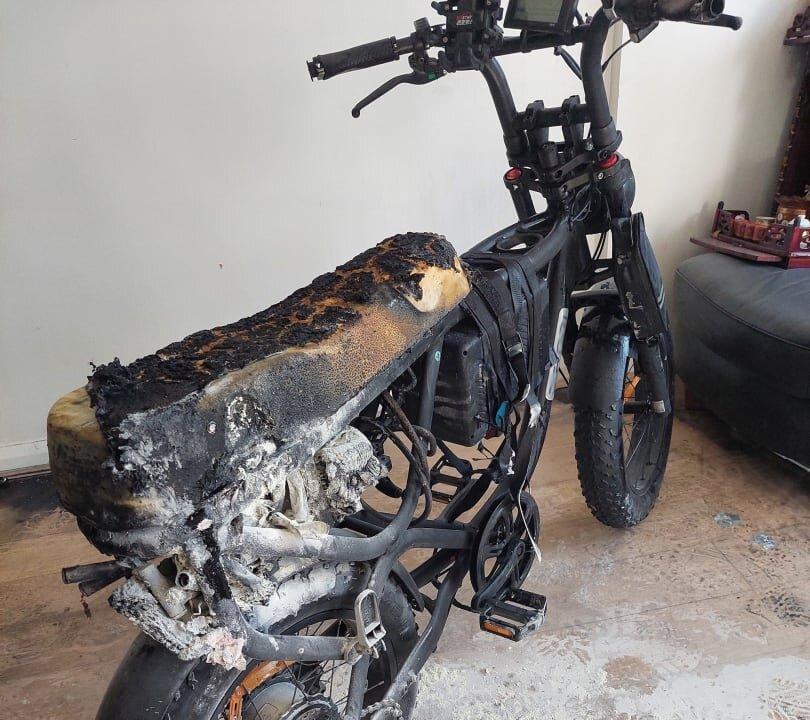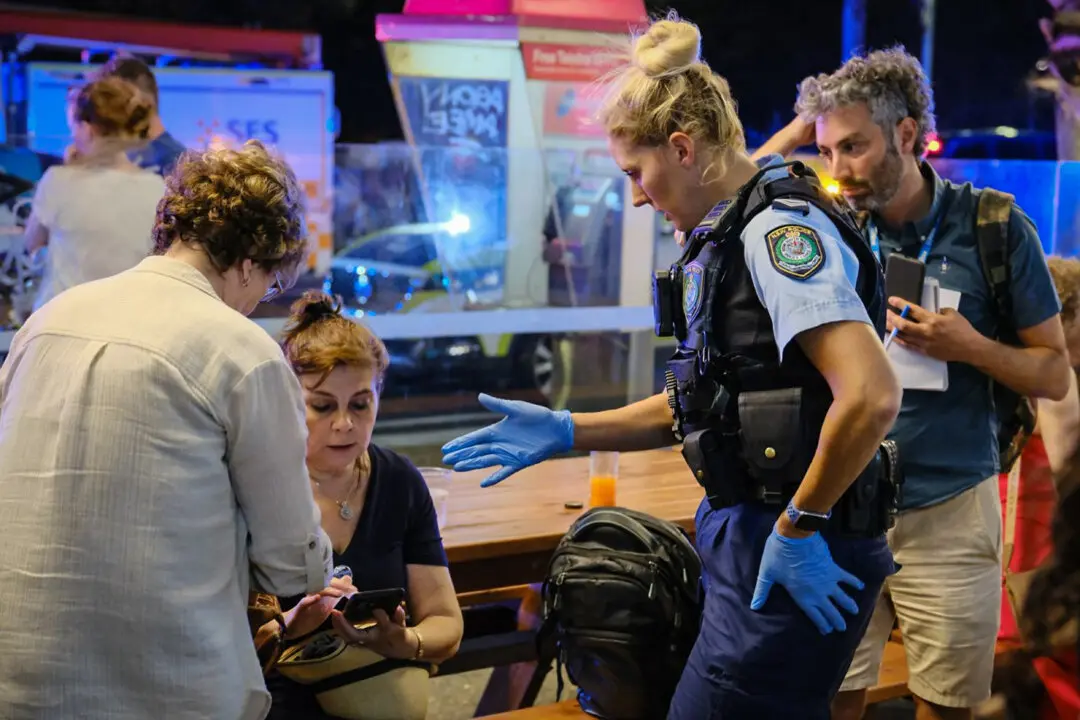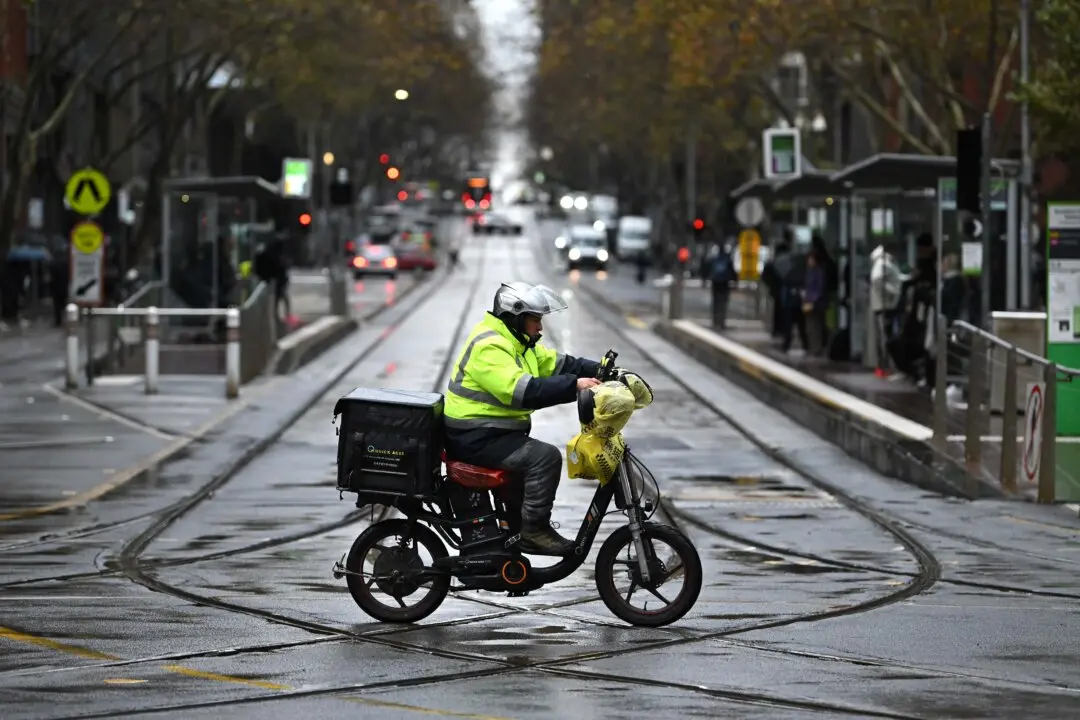Fire and Rescue New South Wales (NSW) is again warning the community about the risk of lithium-ion batteries after an e-bike caught on fire in Sydney’s southwest.
The fire occurred on the third level of a 10-storey building on French Avenue in Bankstown, on March 14.





